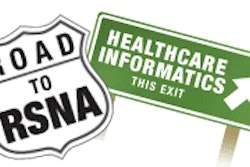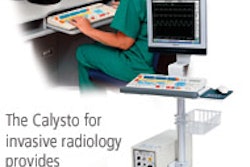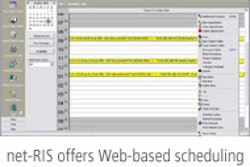Dear RIS Insider,
Wouldn't it be cool to be able to automatically comb through the unstructured reports in your RIS database and extrapolate relevant clinical and business information? It's not as slick as an application that could generate winning lottery numbers by date, but for practices aiming to analyze the cost-effectiveness of high-volume or high-cost procedures, such a tool would be one handy piece of software. And, in fact, there is such a thing.
Software developers at Massachusetts General Hospital and Harvard Medical School in Boston have written a new information-theory-based computer algorithm, Lexicon Mediated Entropy Reduction (LEXIMER). In a John Henry versus the steam shovel scenario, the team road-tested their program against a pair of radiologists to analyze and categorize 1,059 consecutive unstructured reports for clinically important findings and recommendations for subsequent action.
The LEXIMER application was about 3,200 times faster than the radiologists. The developers say it can perform even better than that, and could potentially evaluate exams and stratify them against the ordering practices of individual physicians or groups, benchmark individual physician practices against those of physician cohorts or nationally observed standards, and monitor practice change within groups.
Yet speed is but one component of the algorithm's capabilities. To read about the accuracy of LEXIMER compared with that of the radiologists, click here. As a RIS Insider subscriber, you have access to the story before it's published for the rest of our AuntMinnie members.
In other news, one of healthcare's premier informatics conferences is taking place in Dallas this week. We're on the scene of the Healthcare Information and Management Systems Society (HIMSS) meeting, filing daily reports on the breaking news. Just point your browser to our RADCast at himss.auntminnie.com to connect with this exclusive AuntMinnie feature.



















